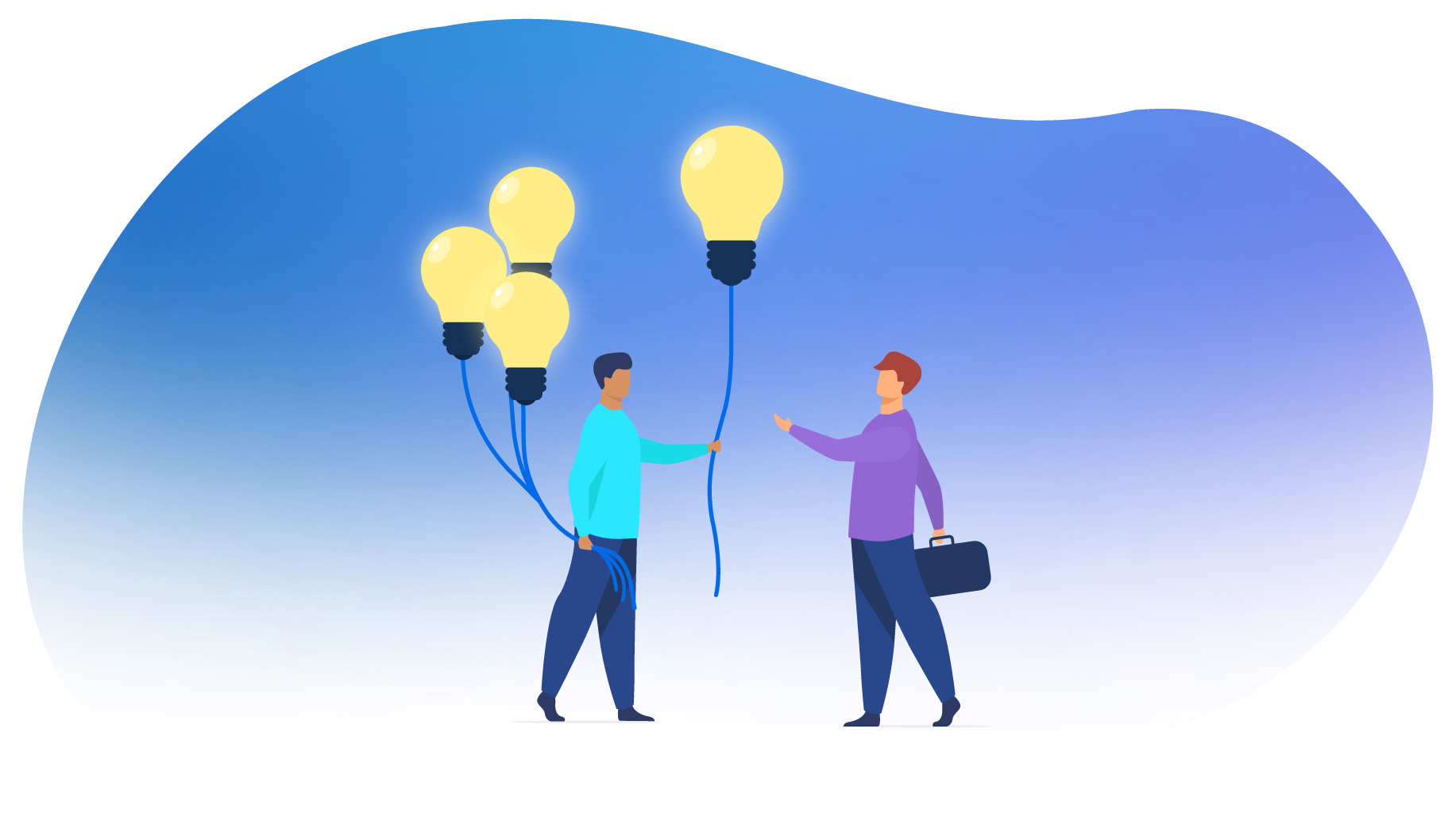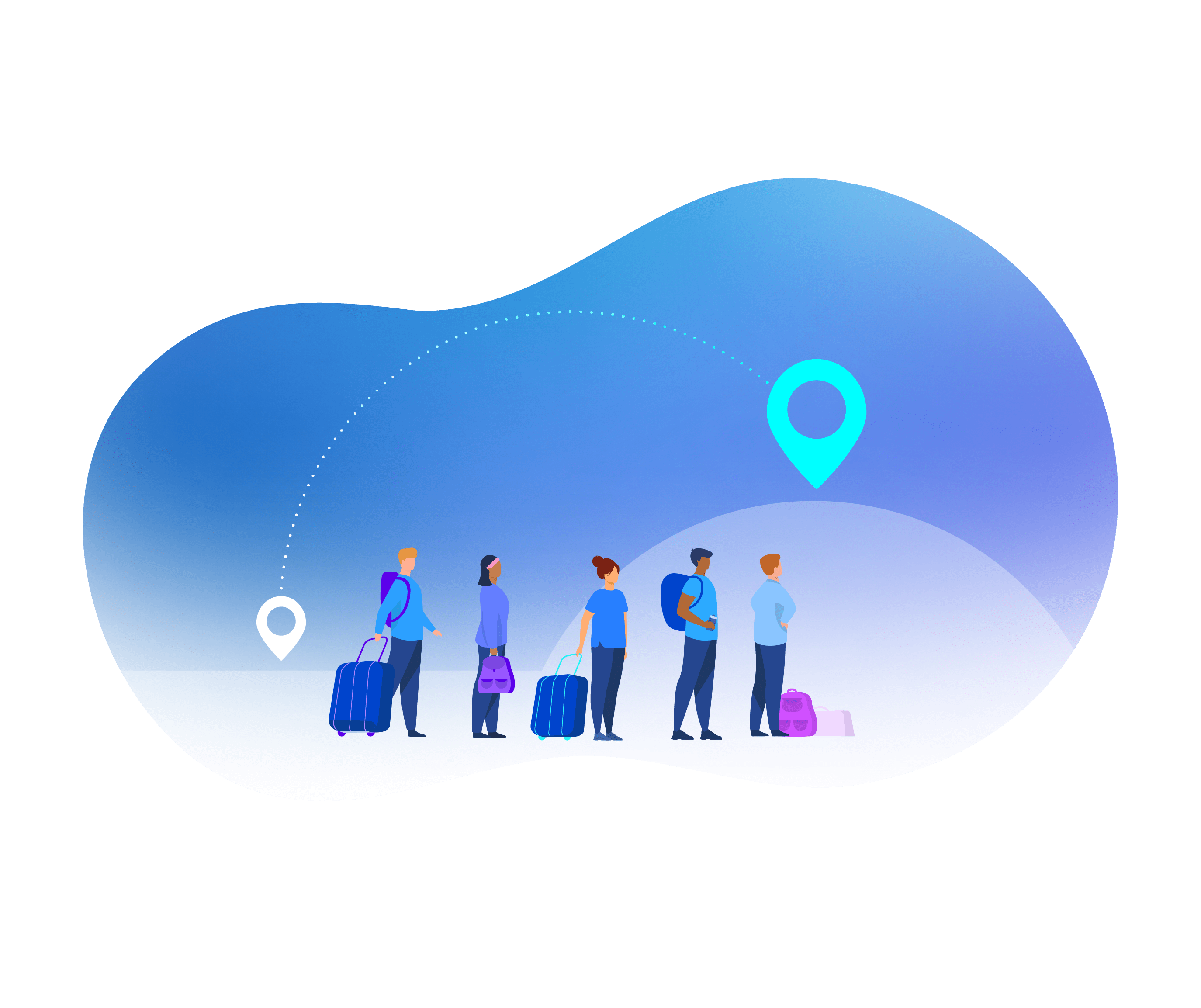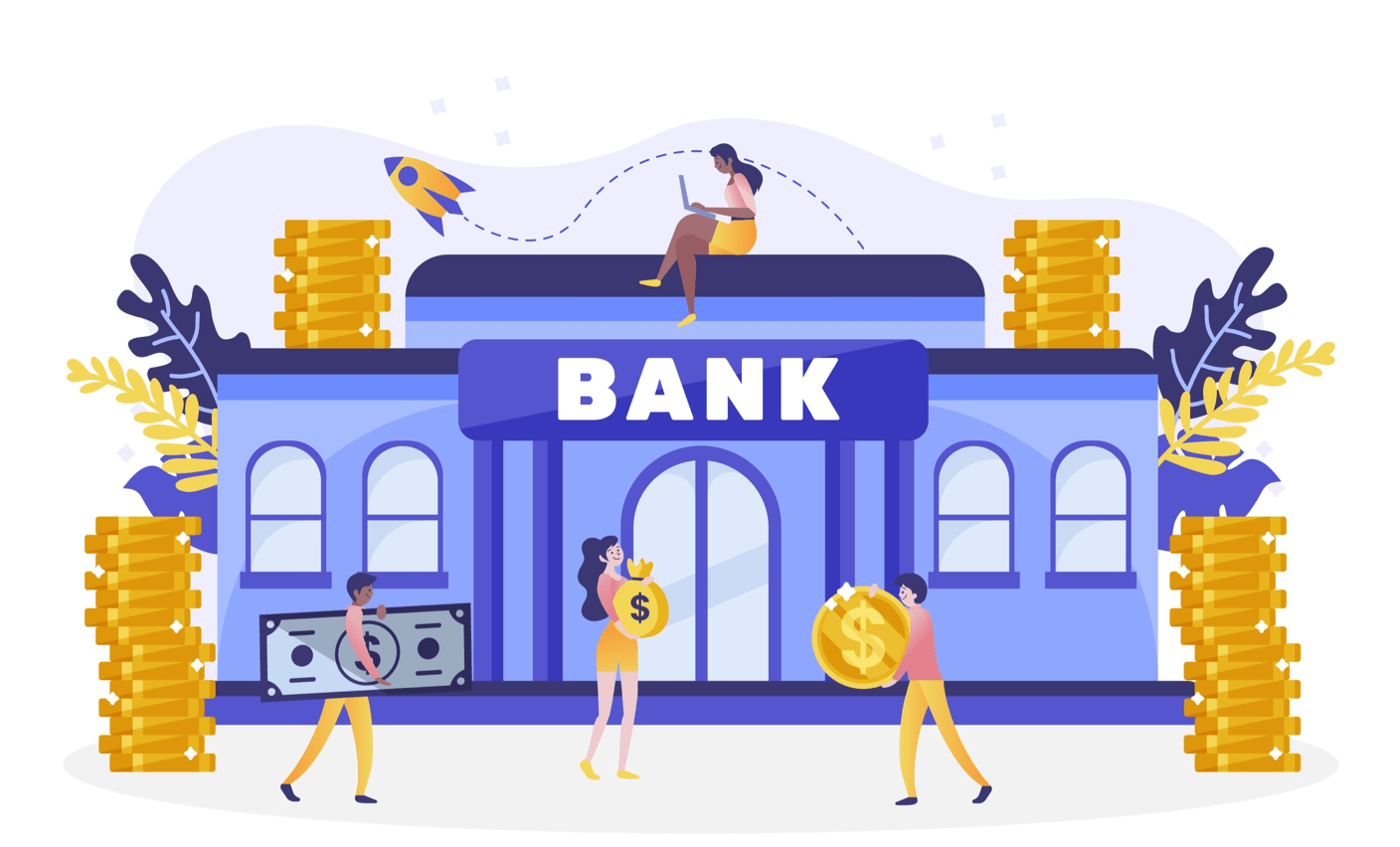The secrets of great legal service design, and who and what it takes
Interview with Erika Pagano and Drew Winlaw
Keywords: legal, lawyers, multidisciplinary team, legal engineer, women in law, legal design, legal education, law careers, law firms, businesses, in-house, law students, lean thinking, legaltech trends
This week we had a great discussion with Erika Pagano and Drew Winlaw, a dream team hailing from Wavelength, the legal engineering team at Simmons & Simmons.


Drew co-founded Wavelength, which has unquestionably changed the face of the legal profession and the way that legal services are delivered globally. It is a pioneering legal engineering business. Drew’s leadership has resulted in the whole legal services market using far more technology, data science and design to improve and transform how legal expertise adds value to businesses.
Drew is a leading proponent and expert on transformational change in the legal services sector. Before he started revolutionising law firm management, he practised as a commercial lawyer, and prior to that worked in several manufacturing businesses focusing on data and scheduling issues, and was also the legal and compliance manager for Booking.com (one of our amazing clients). In his work, Drew draws on lean philosophies and uses smart legal technologies in his design of innovative legal services and systems.
Drew co-founded Wavelength, which has unquestionably changed the face of the legal profession and the way that legal services are delivered globally. It is a pioneering legal engineering business. Drew’s leadership has resulted in the whole legal services market using far more technology, data science and design to improve and transform how legal expertise adds value to businesses.
Drew is a leading proponent and expert on transformational change in the legal services sector. Before he started revolutionising law firm management, he practised as a commercial lawyer, and prior to that worked in several manufacturing businesses focusing on data and scheduling issues, and was also the legal and compliance manager for Booking.com (one of our amazing clients). In his work, Drew draws on lean philosophies and uses smart legal technologies in his design of innovative legal services and systems.
If you want to know about how to create great legal service designs, and who and what it takes, Drew is your man.


Erika is a lawyer, innovator, and educator, shaping the future of the legal profession. She is also a speaker and facilitator to legal teams and law students, focusing on applied design, creativity, strategy, culture creation, teaming, technology, and cross-border initiatives.
Erika has a passion for problem-solving, culture creation, teaming, technology, and cross-border initiatives. She is Head of Legal Innovation and Design at Wavelength Law and Guest Faculty at IE University. Previously, Erika was the Director of LawWithoutWalls and Lecturer at the University of Miami School of Law.
Erika is a regular speaker, published author, and award-winning innovator. She sits on multiple boards (Awesome Foundation London, University of Miami School of Law Alumni Board, LawWithoutWalls Advisory Board, Georgetown University Class of 2008 Committee, and others). She is a graduate of Georgetown University and the University of Miami.
Basically, we’re super lucky she agreed to have a chat with us.
I. The Wavelength model
What’s the manifesto of Wavelength at Simmons & Simmons?
Drew:
The manifesto is evolving, but it’s centred around the theme of making law and legal processes:
- understandable;
- sensible; and
- data-driven.
A lot of the things that we do come back to those three things.
Essentially, introducing elements of transparency into businesses that currently are just tremendously manual and very heavy. There’s so much that we can do in that area as creative thinkers.
We’re not trying to transform from the outside and sort of “bash our way in.” We’re trying to transform from the inside; understand what’s going on around us and sensibly introduce incremental benefits that occasionally bring to our attention the opportunity to do amazing things. But in most of the work we do, we need to work very closely with the way things are already done and just take things step-by-step. This is because legal services are a component of a wider ecosystem, and it simply isn’t possible to change everything at once.
Erika:
A simple way to explain the Wavelength manifesto is that we put a team of multidisciplinary people together to think creatively about how the experience of law can be better. Whether you’re a lawyer, whether you’re a business that relies on lawyers or whether you’re a consumer of legal documents – which, you know, most of us are at some stage in our lives, if not every day.

How do Simmons & Simmons and Wavelength cross-pollinate?
Drew:
I think an important thing for Wavelength is that we’ve maintained our culture, multidisciplinary approach and our operating model but can now benefit from the firm’s world-class international platform. The relationship between our team and the rest of the firm is very synergistic – it allows us a great route to spread the benefits of legal engineering around the world and Simmons has a real market differentiator – together we can do things that probably cannot be done by any professional services firm in the world.
The end goal for us is to reimagine how legal advice and legal services are delivered completely. By that, I mean a completely joined-up offering. This offer draws on the skill sets that currently exist within Wavelength and the rest of the firm.
Simmons partners refer us to work with clients directly, and we do work for those clients, sometimes in a fairly self-contained way. We also identify new clients and introduce those to the legal teams within Simmons. But I think the really exciting things come when we’re jointly delivering work and together identifying the need, and jointly coming up with new approaches.
Is Wavelength like a separate practice area in Simmons & Simmons?
Drew:
Organisationally we are, but in practice, we deliver solutions in a very joined-up way.
We have all the facilities at our disposal to join firmwide matters at very short notice to help achieve amazing outcomes. So, suppose that Simmons & Simmons is advising a client on a litigation matter and some complex information or data needs to be analysed or investigated. Wavelength can join that matter straightaway and immediately spin up the required legal data engineering support, or legal design support, or policy and strategy support.

Erika:
I think there are four main ingredients that make this all happen:
- Curiosity. Folks are naturally curious, and lawyers especially are naturally curious. The curiosity element is fantastic because it means that people want to know, that they want to understand what this is all about, and that they’re open-minded to it.
- Drew was talking about how you know it’s easy for us to slot into different projects. Often, the best brainstorming happens through conversations with colleagues where you discover the pain points they are experiencing. How might we be able to help? Other times, colleagues see work that we’ve done on a particular project. They think, “Oh, I might be able to adapt something similar to this project I’m working on right now.”
- Then that third ingredient kicks in, creativity. It’s about getting people (our colleagues across the firm, across the business and within Wavelength, even) to think creatively about how we apply the things we do and collaborate together.
- I think that the fourth element it’s actually not collaborative but client-related. 100% of what we do is client-facing which is exciting because it means that we are face to face with our clients hearing about their priorities and their issues. That allows us to be part of the conversation as we navigate how to solve them in new, exciting, and different ways.
II. Legal Design

listening is vital (like in so many things). In legal design, you’ve got to listen to what your end-users and different stakeholders want carefully. Often it’s the things that they’re not saying.
What’s your view on the popular LegalTech vendor’s catchphrase “designed by lawyers, for lawyers”?
Drew:
It’s quite a difficult question because you’re generalising about lawyers who are a cohort within which there is a spectrum of understanding about data and the power of data. There’s also diversity in amenability to new ways of working. I think “designed for lawyers bought by lawyers” emphasises the need for lawyer involvement in solutions with legal subject matter expertise at their core.
It’s impossible to make a solution for the legal market without the involvement of lawyers. But I do think it requires a lot more than just lawyers. It requires people with different skill sets and different ways of thinking to challenge the way things are and bring new approaches. Through our multidisciplinary teams, we achieve that. Our teams are composed generally by a data scientist, a solution owner, and then a set of legal engineers in between. We have a team with skill sets that straddle the state of science and the law, and I think this is key.
What makes good, impactful legal design?
Erika:
Great question, because the concept of legal design means many things to many people. And the way that we like to see legal design is that it looks at three different factors, which are:
- Communication, because better communication means more efficiency, understanding, equality, and inclusivity.
- Empowered information, because information, when crafted in the right way, delivers more value and a better outcome to the folks supplying and receiving the information.
- Culture creation, because design transmits values to end-users and stakeholders, whether through a document, system, or process. We think through how good legal design helps that end, either through shaping culture, creating change, or embedding a brand.
With that in mind, I think there are a few other elements that make a perfect legal design.
- Listening; listening is vital (like in so many things). In legal design, you’ve got to listen to what your end-users and different stakeholders want carefully. Often it’s the things that they’re not saying. Usually, it involves looking at what the data shows. Sometimes, the consumer testing data will conflict with the opinions that folks are volunteering, so it’s up to us to test that out.
- Open-minded creativity. As you can imagine, there’s a lot to be said there.
- The third element is having the courage to be okay with iterating. We say we love iterating, especially in the legal design and legal innovation spaces. Iterating is great, but the reality is that there’s a real emotional component to moving on from an idea that you thought was best and didn’t quite work. So, there’s a sense of bravery and courage you need to embark on this new frontier.
III. Legal Engineering
What’s the difference between being a lawyer and being a legal engineer? When does someone stop being a lawyer and start becoming a legal engineer? What traits do those with the potential to be great legal engineers typically possess?
Drew:
People who work in the legal engineering field do not necessarily need to be a qualified lawyer. Generally, but not always, a grounding in law can be helpful to provide an understanding of legal principles. Of course, every person who studies law will be grounded in the essential institutions, the role of contract, tort, and the importance of understanding about risk and risk management.
I think great legal engineers can come from all walks of life, and all stages of their career. In terms of what I call an “entry-level legal engineer” type person, it would be somebody who’s done some legal study. And there is undoubtedly a role for a lot of those people in this industry. But there are also roles for people who have 20 or 30 years of experience behind them and do want to make a difference to the industry and want to challenge the things that they’ve learned or they’ve had to do in the course of private practice or in an in-house team to improve things. There are just so many things that need to be improved. We need an army of legal engineers to help bring this profession into this century. That’s the critical thing. The boundary between a lawyer and a legal engineer is just the extent to which you decide that you want to rely on somebody else for the legal subject matter expertise. You keep the understanding of the principles and the architectures that are necessary to solve these problems.

I think great legal engineers can come from all walks of life, and all stages of their career.
We leverage a version of the lean methodology at Avvoka. What place does “Lean Thinking” have within large commercial law firms?
Drew:
On the point about Lean thinking, and whether there’s a place for it in commercial law firms, I can’t think of, anywhere, any process, anywhere in the world where lean thinking doesn’t apply. Lean thinking is completely universal in its application. It’s universal, because it has at its heart, the elimination of waste, the elimination of duplication, and in general the elimination of things that don’t add value to the end client.
This thinking does exist in law firms; it is just not called “Lean”. Lean thinking started in the manufacturing environment and from my experience sometimes people working in the professional services environment aren’t so comfortable with parallels between what happens in industry and what happens in professional services. But I see the parallels or the links between those things very intensely. That’s because of my previous experience in manufacturing and analysing processes that occur in factories and also in very fast-growing businesses, like Booking.com was when I worked there. I think any organisation that embraces Lean should see incredible benefits. These benefits will be applied to enough people who share that understanding and desire to improve things continuously, remove the hurdles, remove the duplication, and waste.
One of the most exciting stages of lean training is when somebody who’s an expert at their job realises that what they do is part of a more extensive process. That can be pretty surprising for somebody, and that is not self-evident in the beginning. But it can be quite a revelation for some people. This understanding leads to a higher degree of empathy about people who contribute earlier in that same process and how behaviour in one part of a process can have significant effects on people who deal with outputs further downstream. So, I think it’s an incredibly valuable methodology.
In many law firms, the way that Lean is packaged Begins like this: “Let’s have a look at the process. Let’s map the existing process and see whether there are any well-understood patterns of work within the process that can be eliminated or automated.” The discussions that arise from talking through the steps in a process map are fundamental to applying lean thinking in a sensible way.

One of the most exciting stages of lean training is when somebody who’s an expert at their job realises that what they do is part of a more extensive process. That can be pretty surprising for somebody, and that is not self-evident in the beginning.
IV. Legal technology, education and women in law
What’s the role of legal education in the context of legal technology? Should universities be doing something different, and how can they keep up to date?
Erika:
I think legal education faces a critical role in shaping the future of our profession. Especially with LegalTech, law schools are finally starting to wake up and recognise this as not only a real thing but also as an opportunity. LegalTech is an opportunity for students to have a wide range of new jobs and to have thriving careers. Especially in the US system, law schools are often judged on things like their employment rate for recent graduates. I think they’re starting to see this as a great avenue and a worthwhile avenue to sink time and budget into training students because they can have healthy, long, exciting, and profitable careers in this area.
I think it’s also for law schools to think differently about their curriculum. A few years ago, just a handful of schools touched on innovation and technology in the legal environment. Fortunately, that landscape has improved. You’ve got all kinds of pure legal tech and innovation courses, and also multidisciplinary courses that bring lawyers, law students, and business together. For example, I’m entering a course at Oxford that brings together law students and computer science students, which is fantastic. In my legal innovation course at IE University, students learn from folks across a wide variety of disciplines, from classic legal to femtech, data science, crisis management, and more. It’s so encouraging to see that there is support from the educational sector, and I hope that continues to grow.

Erika, you are a highly-respected female leader in the legal sector. Do you think there are enough women involved in LegalTech? If not, what can be done to increase the number of women in the field?
Erika:
Thank you. That’s very nice for you to say that I am a female leader in the legal sector! That’s only because I have great women role models and a tremendous support network. What I have achieved wouldn’t have been possible without that and allies. For example, people like Drew who are supportive and understand that this isn’t an easy journey and that we still got much work to do in the area.
I don’t think that there are enough women involved. What I would love to see in general is not just the inclusion of women, but going into a more holistic way of thinking about diversity. A good friend of mine, Alexis Caught (he’s a real leader in the legal inclusion space), said to me that “equality should be available to everybody.” And I think that’s so true, no matter how you identify. So, for example, no matter what your orientation is, no matter what your background is, and we’ve all got work to do. It’s a daunting task, but we can all help make even incremental change, even just by educating ourselves, listening to the conversation and changing some of our preconceived notions. Just because I’m a woman in the profession, that doesn’t mean I know everything about what women in the profession have experienced. They’re always opportunities to grow and be a better ally on that front.

What I would love to see in general is not just the inclusion of women, but going into a more holistic way of thinking about diversity.
V. Future Trends
What’re you focussing on for 2021, and what do you expect the most significant innovations in legal services delivery to be this year? More of the same from 2020, or a course change?
Drew:
I don’t think that there will be a significant change from the existing direction of travel, but the pandemic has accelerated digitalisation efforts, or at least raised more awareness about the value of them.
For in-house legal teams, this means more thought and more budget available on legal front doors and how to manage the incoming demand into a legal department. It is for them to reflect what kinds of services are available to the business, what kinds of tools can be made available, what kind of automation tools are sensible and can be implemented with the appropriate guardrails from a risk perspective, and how you manage workflow in a more designed way.
I think there is a desire to move away from email and track changes in Word. This trend is being more universally recognised. Some people are pushing hard to change that so that it is not the default behaviour. But this change is going to take some time…
What does the future of law look like from your perspective?
Erika:
Oh, this is an exciting one. When I started law school, back from a fascinating life and career in Shanghai, I thought I would become a maritime lawyer—I’m not joking! Then I thought, well, maybe I’ll become a prosecutor, or perhaps I’ll become a trial lawyer. And then I had this “revelation moment” with the exposure to legal innovation, and I thought “oh my God, this is the thing”.
For me, legal innovation is the confluence of all of the amazing skills that I love and have developed and am passionate about. I hit it lucky at the right time and was able to create a career in it. I say that because this was over ten years ago. I don’t know what the next ten years are going to look like yet.
What I do know is that, in terms of the future of the profession, is that I hope that we continue to see a more significant push for equality and inclusivity and accessibility. I do hope that we see a broader value placed on multidisciplinary teams. I hope that we see folks who have quote non-traditional legal skills, really valued in the market and included on teams because they are the ones who can help bring in those experiences that’ll transform our marketplace. That’s what I think the future of law looks like.

What I do know is that, in terms of the future of the profession, is that I hope that we continue to see a more significant push for equality and inclusivity and accessibility.





